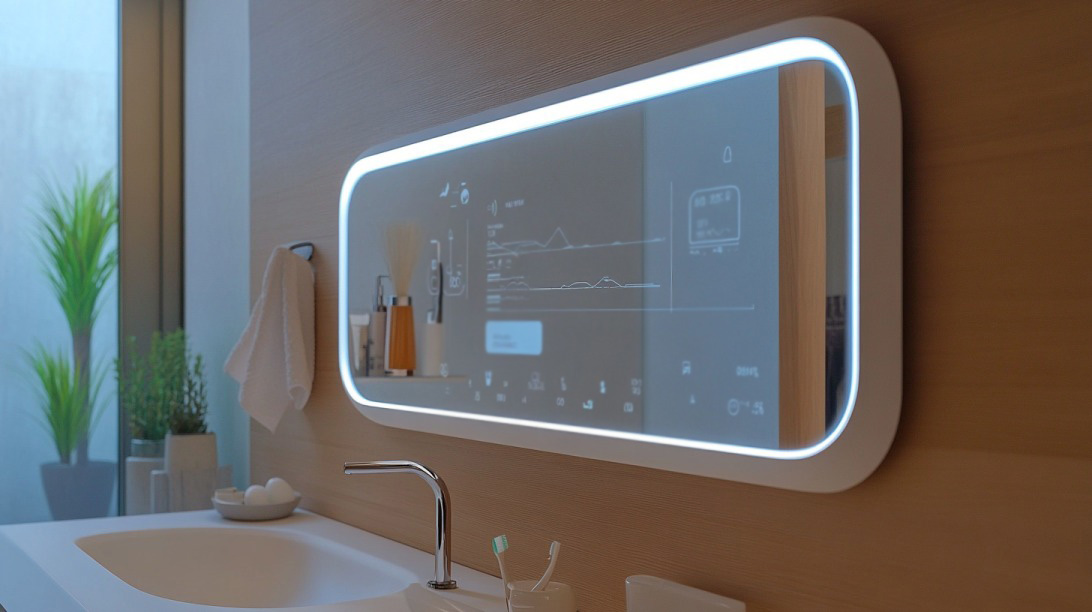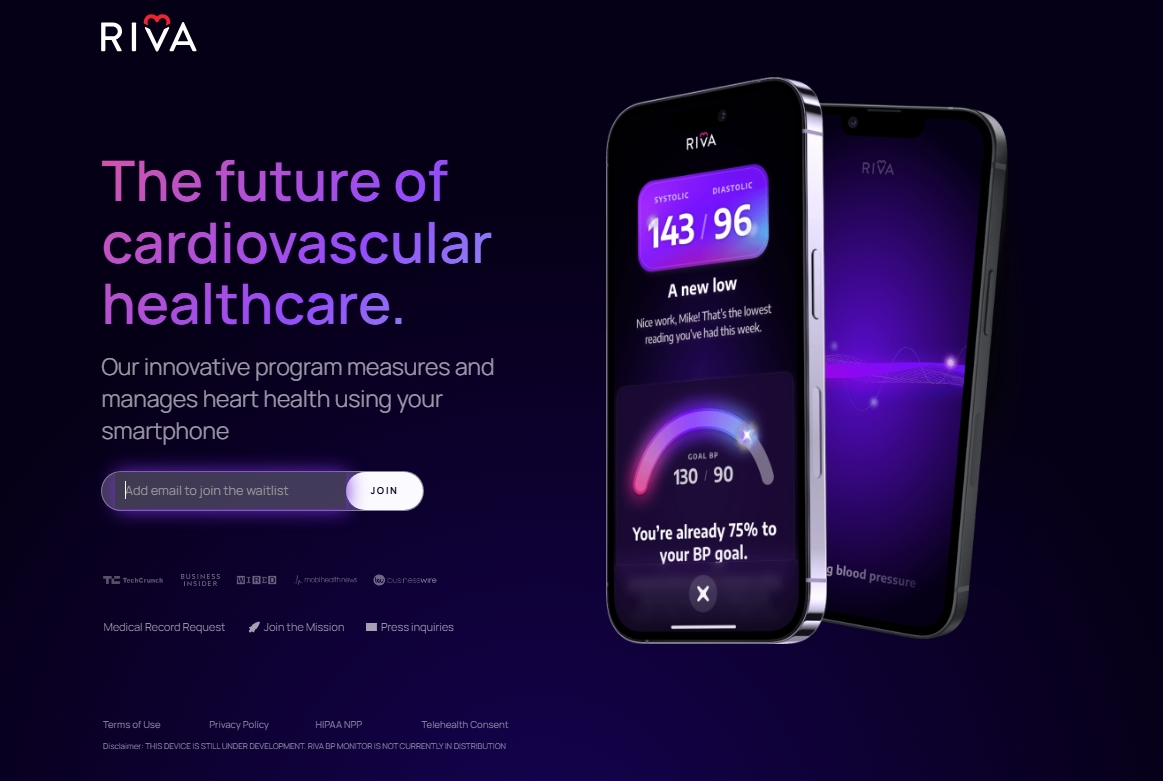In 2025, health gadgets are everywhere, from smart rings that check your heartbeat while you sip coffee, to earbuds that track your sleep and whisper soothing sounds into your brain. It’s an exciting time.
The line between tech and wellness is blurring fast, and consumers are catching on. Whether you’re biohacking your bedtime or just trying to stay ahead of high blood pressure, there’s probably a gadget on the market with your name on it.
But while the latest devices are smarter and sleeker than ever, not all that glitters is gold. For all their promise, most of today’s health gadgets still leave gaps, big ones.
So let’s take a closer look at the most popular health gadgets in 2025, what they’re getting right, and where they still fall short.
Smart Rings
Circular Ring 2
- Key features: FDA-cleared ECG, AFib detection, sleep tracking, blood oxygen monitoring
- Battery life: 8 days
- Price: $380
- Release: March 2025
Ultrahuman Rare
- Key features: Sleep and stress tracking, luxury Desert Collection finishes
- Price: TBD
Smart rings have hit their stride. With the Circular Ring 2 gaining FDA clearance and Ultrahuman pushing the envelope on luxury, these rings pack serious power into a discreet form.
Professionals and health-conscious users love them—especially for heart health monitoring and passive sleep analysis. They’re less obtrusive than watches and deliver surprising depth.
What’s missing: While rings are great for metrics, they’re still limited in real-time user interaction. You won’t get nudges, detailed feedback, or in-the-moment guidance without checking the app.
Smart Mirrors

Withings Omnia
- Key features: Body composition, heart and lung health, nutrition tracking
- Availability: In development
Omnia is part mirror, part health station. It promises a futuristic routine: brush your teeth while checking your cardiovascular stats. For connected home users and quantified-self enthusiasts, it’s a dream concept.
What’s missing: It’s not out yet—and when it does arrive, don’t expect it to be cheap. Also, no confirmed plan to sync deeply with clinical records, which limits real medical usefulness.
Sleep Tech
View this post on Instagram
Ozlo Sleepbuds
- Key features: Noise cancellation, 10-hour battery, sleep tracking
- Price: $299
Tone Buds
- Key features: EEG-synced audio, heart rate and movement tracking
- Price: $349 (pre-order)
Good sleep is the new six-pack. Gadgets like Ozlo and Tone Buds aim to make better rest more achievable, especially for those juggling long hours or stress.
Tone Buds, in particular, use EEG data to tailor soothing sounds based on your brainwaves—a science-backed approach to deeper sleep.
What’s missing: Data without direction. You might know you slept poorly, but you still won’t get personalized tips beyond “go to bed earlier” or “lower your caffeine.”
Women’s Health Devices
@vivooappVivoo at-home urine test lets you track 9 core biomarkers. Take your test on the go – no shipping required! Get your results faster than ever and save money. #vivoo #urinetest #wellness #wellnessjourney #bodycare #nutritiontips♬ original sound – VivooApp
Vivoo Tests
- Key features: Hormone testing (FSH, LH, vaginal pH)
- Launch: Q1 2025
Peri by identifyHer
- Key features: Tracks symptoms of perimenopause and menopause
For years, health tech largely ignored women’s needs beyond fertility. That’s finally changing. Vivoo’s new at-home hormonal test makes it easier to monitor cycles, fertility windows, and vaginal health, all through a mobile app. Peri offers much-needed support for navigating hormonal shifts in midlife, a demographic tech has long underserved.
What’s missing: Clinical-grade reliability still trails behind traditional lab tests. Plus, personalized medical feedback isn’t part of the package—so interpretation still depends on the user.
Wearables for Chronic Conditions

Riva Health
- Key features: Continuous blood pressure tracking, real-time alerts
- Target audience: Older adults, people managing hypertension
Unlike a traditional cuff, the allows passive, all-day blood pressure tracking without the squeeze. It’s a lifeline for people managing chronic conditions—especially when paired with lifestyle monitoring apps.
What’s missing: Unless your healthcare provider uses the same system, the data often lives in a silo. That means crucial updates might never reach your doctor’s desk.
Smartwatches
Apple Watch Series 10
- Features: ECG, fitness tracking, sleep data
- Price: ~$329 (with discount)
Garmin Forerunner 165
- Features: AMOLED display, 100+ sports modes, 11-day battery
- Price: ~$199.99
Smartwatches aren’t slowing down. Apple’s Series 10 continues to lead for general wellness, while Garmin targets serious athletes. Long battery life, vivid screens, and niche features (like sports-specific modes) keep them competitive.
What’s missing: Too much data, not enough clarity. Even the best watch can’t always explain why your heart rate spiked—or what to do about it.
Stress and Sleep Aids
View this post on Instagram
Therabody SmartGoggles
- Features: Heated eye massage, stress and headache relief
Truvaga Plus
- Features: Vagus nerve stimulation, improves sleep, lowers stress
Both of these gadgets are non-invasive and focus on stress reduction through physical sensations—heat, massage, nerve stimulation. They’re especially popular among those with fast-paced jobs, anxiety, or poor sleep patterns.
What’s missing: They treat symptoms, not root causes. And while they feel great, they don’t integrate with broader mental health tracking or provide long-term support.
You still need a healthy routine, checkups, community—and yes, a reliable bulk first aid kit in your drawer.
Gadgets That Think Outside the Box
Kirin Electric Salt Spoon
- Feature: Enhances salty taste using electric current
- Note: Only in Japan so far
Eli Health Hormometer
- Feature: Saliva-based cortisol and progesterone tests
- Subscription: $8/test
YoctoMat
- Feature: Yoga mat with built-in posture sensors
Innovative? Yes. Mainstream? Not yet. These gadgets show where the market might head next—custom food experiences, real-time hormonal insights, and smarter home workouts.
What They Still Don’t Get Right

As impressive as today’s gadgets are, they’re not perfect. Here’s what’s still missing from the equation—and why it matters.
1. Mental Health Support
Devices can track heart rate variability and stress levels, but they’re not substitutes for therapy or deeper emotional insight. People dealing with anxiety or depression still need access to actual mental health tools. While a vibrating wristband might help you relax for a moment, it won’t unpack trauma or address loneliness.
2. Integration with Doctors
You can collect a mountain of health data—but what happens next? Most devices don’t sync easily with healthcare systems. And without a way to share the data with doctors in real time, you’re left managing it alone.
Example: A user with high blood pressure might get alerts from their Riva Health band but still need to manually report numbers to their physician.
3. Affordability
Let’s be honest: not everyone can drop $380 on a smart ring or pay $8 per hormone test every week. Many of the most advanced tools are priced for tech enthusiasts or high-income users, leaving a massive portion of the population behind.
Tip: If you have problems with hormone balance, try consuming seed cycling. It is frequently promoted as a natural method to restore or support hormonal balance!
4. Clear, Personalized Advice
Numbers are only helpful if you know what they mean. Too many apps give you raw scores without guidance—sleep scores, readiness scores, stress scores—leaving users to guess what’s next.
“You slept poorly last night” isn’t actionable. What should you change tonight? Is it your room temp? Diet? Bedtime? Gadgets often don’t go far enough.
5. Privacy and Data Security
Sensitive health info is getting uploaded, synced, and stored in the cloud—sometimes with minimal transparency. While companies often tout encryption, users aren’t always sure how their data is used, especially by third-party platforms.
6. Holistic Health Tracking
Physical health isn’t just heart rate and steps. Where’s the nutrition tracking? Gut health? Immune resilience? Even the most feature-rich gadgets tend to focus on narrow areas. The body is interconnected, and your sleep, stress, diet, and exercise all interact. Few devices account for that full picture.
Wrapping It Up
The health gadgets of 2025 are sleek, powerful, and—at times—genuinely life-improving. Whether it’s a smart ring watching your heartbeat or earbuds syncing to your sleep waves, the technology is stunning. And it’s only getting better.
But no device replaces the fundamentals: a healthy routine, regular medical checkups, stress management, and community support. Most gadgets still work best when paired with human insight—your own, or your doctor’s.
So if you’re investing in health tech this year, go in with eyes open. Know what it can do—and what it can’t. That way, you’re not just collecting numbers. You’re making real changes that matter.

